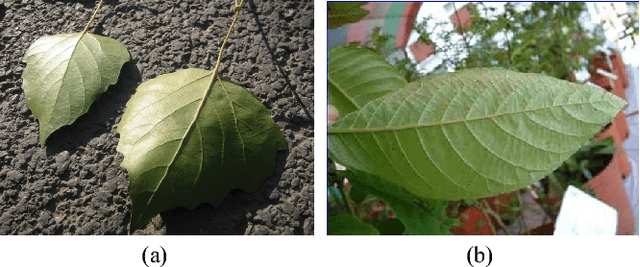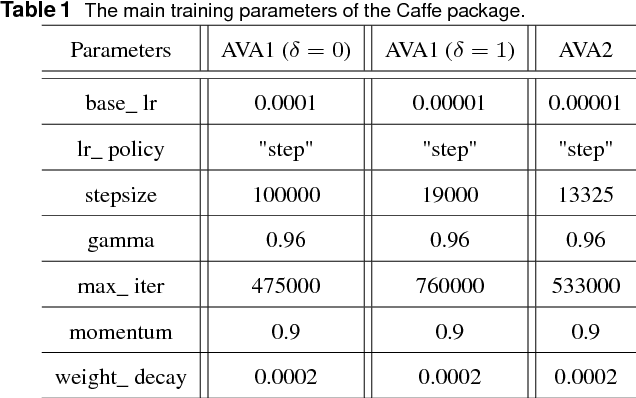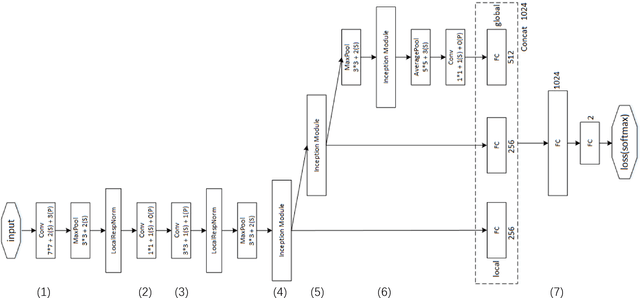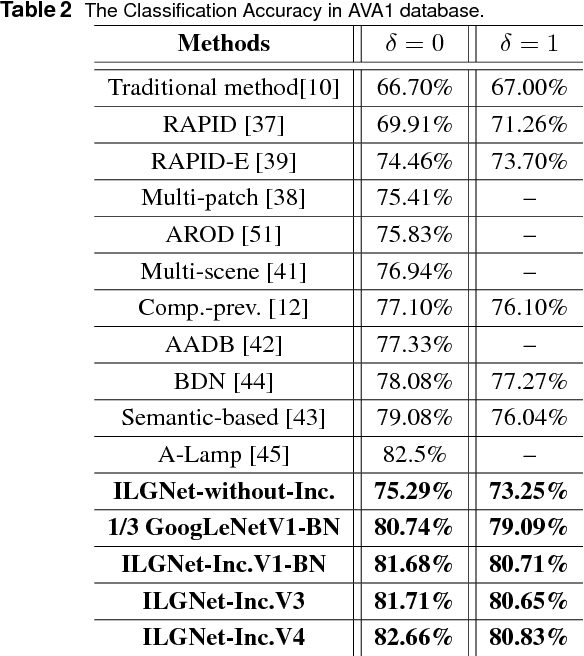Shuying Li
Hypergraph p-Laplacian Regularization for Remote Sensing Image Recognition
Jun 21, 2018



Abstract:It is of great importance to preserve locality and similarity information in semi-supervised learning (SSL) based applications. Graph based SSL and manifold regularization based SSL including Laplacian regularization (LapR) and Hypergraph Laplacian regularization (HLapR) are representative SSL methods and have achieved prominent performance by exploiting the relationship of sample distribution. However, it is still a great challenge to exactly explore and exploit the local structure of the data distribution. In this paper, we present an effect and effective approximation algorithm of Hypergraph p-Laplacian and then propose Hypergraph p-Laplacian regularization (HpLapR) to preserve the geometry of the probability distribution. In particular, p-Laplacian is a nonlinear generalization of the standard graph Laplacian and Hypergraph is a generalization of a standard graph. Therefore, the proposed HpLapR provides more potential to exploiting the local structure preserving. We apply HpLapR to logistic regression and conduct the implementations for remote sensing image recognition. We compare the proposed HpLapR to several popular manifold regularization based SSL methods including LapR, HLapR and HpLapR on UC-Merced dataset. The experimental results demonstrate the superiority of the proposed HpLapR.
ILGNet: Inception Modules with Connected Local and Global Features for Efficient Image Aesthetic Quality Classification using Domain Adaptation
Apr 29, 2018



Abstract:In this paper, we address a challenging problem of aesthetic image classification, which is to label an input image as high or low aesthetic quality. We take both the local and global features of images into consideration. A novel deep convolutional neural network named ILGNet is proposed, which combines both the Inception modules and an connected layer of both Local and Global features. The ILGnet is based on GoogLeNet. Thus, it is easy to use a pre-trained GoogLeNet for large-scale image classification problem and fine tune our connected layers on an large scale database of aesthetic related images: AVA, i.e. \emph{domain adaptation}. The experiments reveal that our model achieves the state of the arts in AVA database. Both the training and testing speeds of our model are higher than those of the original GoogLeNet.
 Add to Chrome
Add to Chrome Add to Firefox
Add to Firefox Add to Edge
Add to Edge